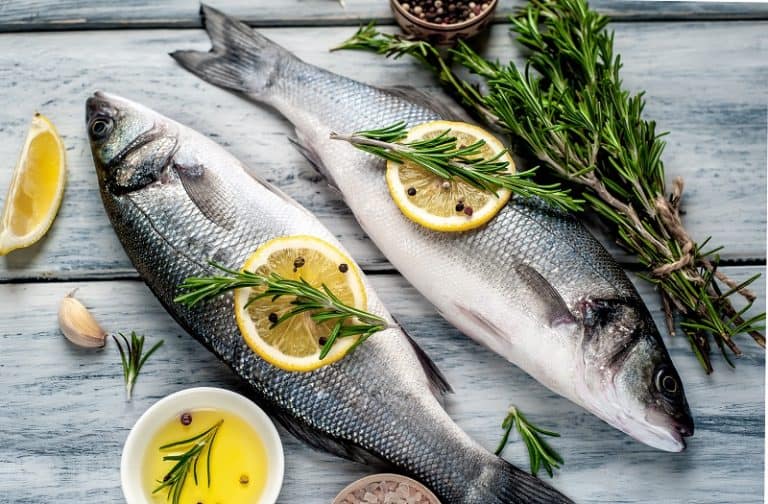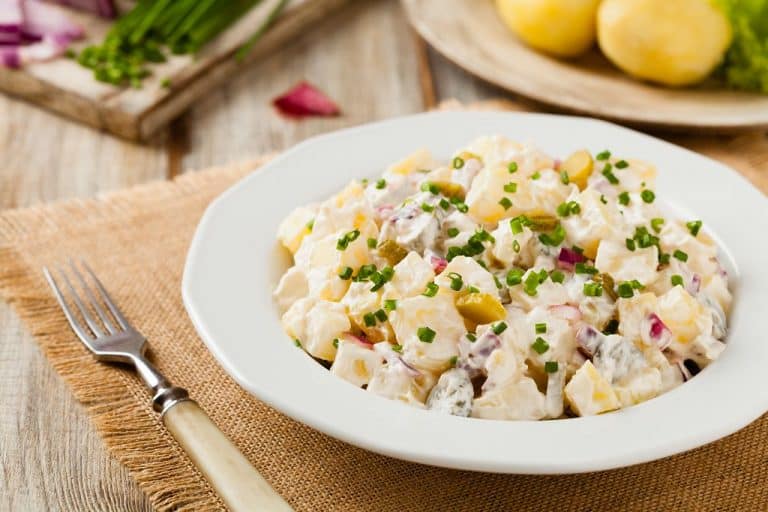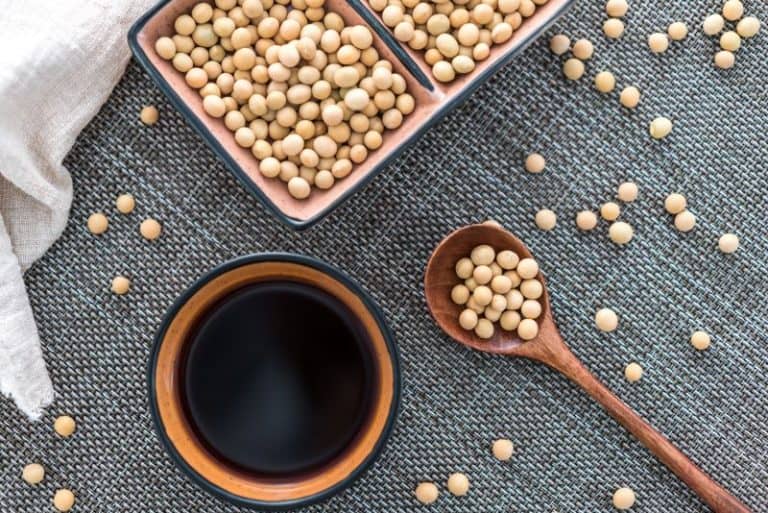Shrimp Paste Substitutes & How to Use Them
Sauces and pastes are an important part of cooking. Whether you are stir-frying or making curry paste, sauces are commonly used in Asian recipes. While most people enjoy having these condiments in their food people with vegetarian or vegan food preferences may find it less appetizing.
With the advent of cross-cultural relationships across the world, and many other cultural influences all kinds of ingredients are exported around the world and different kinds of cuisines are now at your disposal to experiment with. However, one of these condiments is most widely used and that is Shrimp paste.
Popularly known as belacan, the shrimp paste is widely used in recipes throughout Southeast Asian countries. The intensity and burst of salty umami flavor that it brings to any dish along with a pungent fishy aroma makes it a popular choice. A useful ingredient the belacan can pose problems for those with vegetarian food preferences or dietary restrictions. However, there is no dearth of substitutes for shrimp paste. You can acquire a similar tasting dish with some of the best alternatives listed below.
Fish Sauce
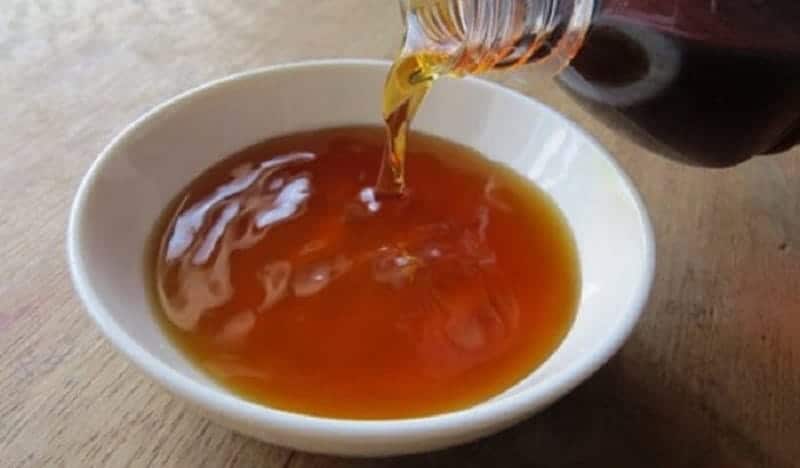
The fish sauce also referred to as nam pla, is used in the dishes of Thai cuisine. Luckily, since some of the country’s cuisine is prepared easily and sometimes on the spot, it’s convenient to tailor the food by calling for condiments such as fish sauce and oyster sauce to be left out of the dish.
Strong vegan fish sauce is made from fermented soya beans and plenty of salt. If there is sugar, vinegar, lime juice, chili, or other pieces swimming about in a transparent or pinkish liquid, chuck the bottle directly into the depths of hell. If your recipe contains seaweed or some of the ingredients listed above, don’t worry about it. Fish sauce doesn’t taste like some sort of seaweed. It has an intensely salty taste and is also made from fermented seafood.
While they do not taste the same, the belacan has a more pungent flavor. Fish sauce can still be used as a good alternative. However, in many dishes, you would barely notice the difference at the end of the cook.
You will have to increase the quantity. For example, for every teaspoon of belacan, you will need 1-2 tablespoons of fish sauce. You can make changes to the ratio by adding the replacement slowly and conduct a taste test until you’re happy with the balance of flavors
Oyster Sauce
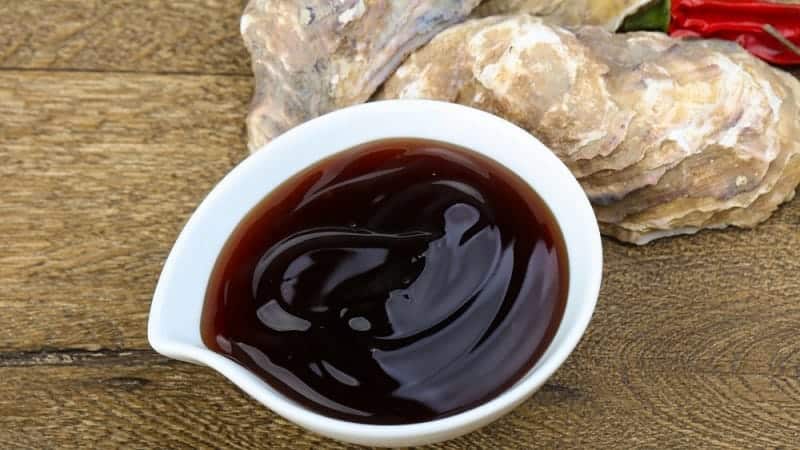
While this is a debatable option it nonetheless serves as one of the best alternatives there is to shrimp paste. In places like Thailand, it is considered fair game in veganism.
For those who have clear preferences vegan alternatives, made from fermented bean protein are often readily available in the market. They are not dissimilar to dark miso. Some might find that vegan shrimp pastes made in Thailand are akin to Korean doenjang rather than any Japanese miso.
Anchovies

Anchovies deliver a comparably deep salty taste and fishy flavor to food. Just like shrimp paste, they come with the abundant goodness of umami which helps to build that mouth-watering flavor. Most cooks prefer to blend the fish into a paste with a little water to make it a suitable consistency for the recipe.
This is a very useful option, as its consistency makes it easy to add to sauces, soups, or sauteed vegetables. It is pungent compared to fillets and therefore is another desirable option.
Miso

If you are however allergic to seafood, then there is one option that will surely make it worth your while. Miso, which is a fermented bean paste, offers a quick and simple solution. It is complex as well as salty, with an umami flavor. While it has similar characteristics to the Belacan they are different.
Always go for the dark miso rather than the white version. However, miso is a decent replacement or a mixture of miso and fermented bean paste. Swapping shrimp paste for doenjang or miso would mean that you always get a delicious end product. Look for dark bean pasta, not white miso, from your nearest Asian supermarket if you feel like you want to waste some time making your curry paste.
Soy Sauce
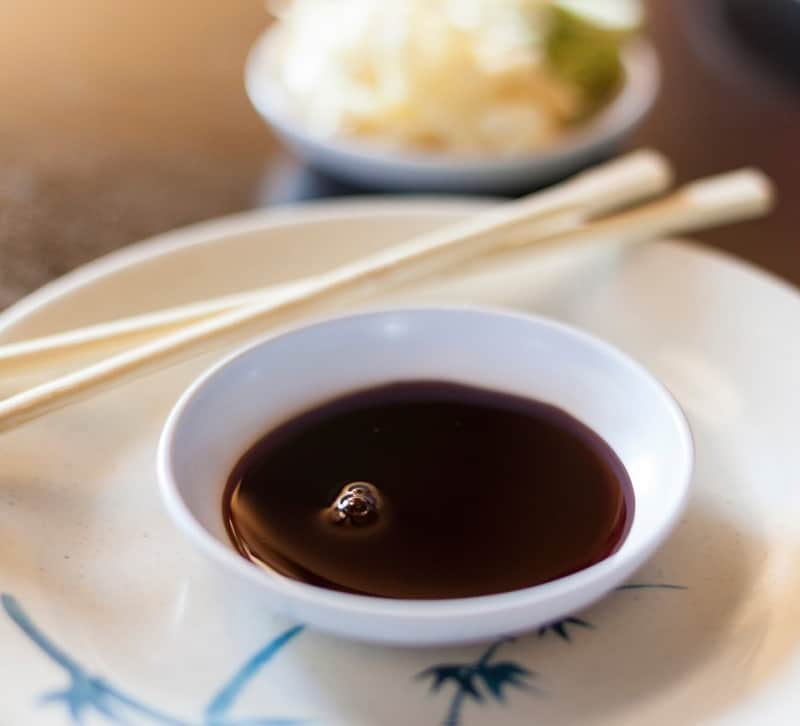
If you are looking for cheaper options then use soy sauce to add a salty and bitter flavor to your cooking. This is one of the milder sauce and pastes substitutes so you will have to be generous in its usage. While this does make your dish rather dark and unappealing, it does work as a good substitute. Also if you are not fond of strong flavors, using soy sauce would be a good option. Since soy sauce doesn’t go bad quickly, you don’t need to worry about using a fresh bottle.
It is made from fermented soybeans, water, salt, and wheat, and acts as an excellent alternative to fish sauce. Suitable for vegans it has amino acids and a rich umami flavor with a hint of sweetness. If you want to swap fish sauce for soy sauce you can do it with a 1-to-1 ratio, or try mixing other ingredients with soy sauce for extra flavor.
You can use it with combinations of various other ingredients. You can mix 1 tablespoon which is ideally 15 ml soy sauce and 1 minced anchovy fillet. You can also mix it with rice vinegar and lime juice.
Read Related Topic: Substitutes for Palm Shortening
Bonito Flakes

A popularly used Japanese ingredient, bonito flakes are small pieces of dried bonito or skipjack tuna. They are slightly fishy with a strongly flavored odor. Since they have less pungency than belacan, they will be finely added to the stock and casserole or sprinkled over the noodles. They have a very different texture from belacan so you can’t use flakes in the popular sambal belacan condiment.
Tamari
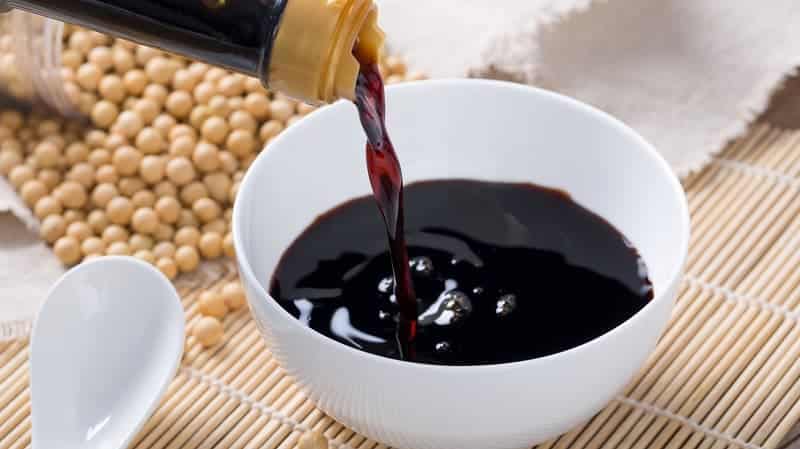
A type of soy sauce, the Tamari is processed differently than traditional soy sauce using different ingredients. The ingredients often are water, salt, and miso paste containing soybeans. You may also find a type of brine called moromi, as well as a type of fungus called koji.
Unlike soy sauce, it contains little to no wheat, making it an appropriate choice for those resisting gluten—just make careful to read the product label first. Tamari has a smoother, thicker, and less salty umami taste than soya sauce owing to its higher protein content. You can substitute the fish sauce with tamari at a ratio of 1 to 1 or start with a little less, adding more to the flavor.
Seaweed
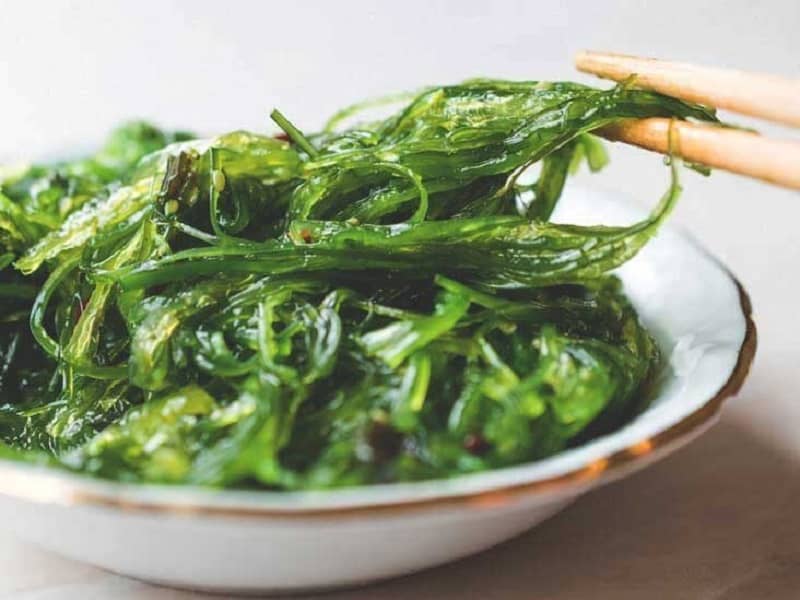
For those who are completely into a plant-based diet creating a paste or sauce of seaweed is also an option. While it is an umbrella term for plants and algae that grow in water, Seaweed is also nutritious and high in the amino acid glutamate, which is rich in umami flavor.
It is commonly added to broths and soups in many Japanese and Korean dishes.
High glutamate types of seaweed include nori and types of kombu, such as ma, rishiri, rausu, hidaka, and naga. However, if you want to minimize the umami flavor, you can opt for wakame seaweed instead of kombu, which has a lower glutamate content.
You can use both fresh and dried seaweed as good alternatives to fish sauce. Fresh seaweed works best in salads, broths, and sauces, while dried seaweed can be added to most dishes.
Read Related Article: Reheating Roast Beef
Conclusion
These are some of the best alternatives for shrimp paste. Most of these pastes and sauces are rich in amino acids and glutamates which provides you with the necessary nourishment as well as a healthier option. Their umami-loaded, salty properties bring a kind of salty freshness to the table and leave you satisfied.

